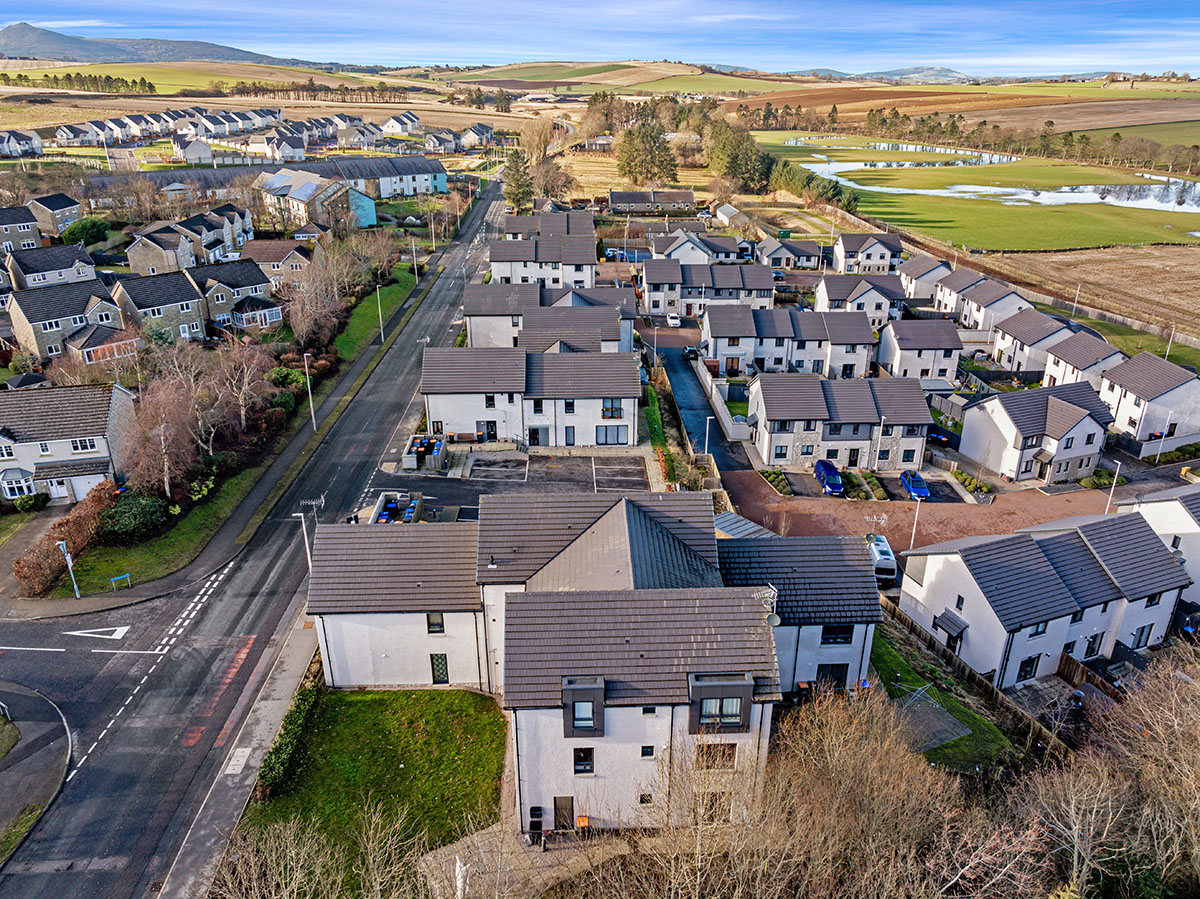
Timber frame buildings are setting new standards in energy efficiency and sustainability, making them an ideal choice for modern construction projects. Timber frame construction not only meets but often exceeds stringent energy efficiency standards like Passivhaus and Part L Regulations. This article explores how timber frame buildings excel in energy efficiency, the benefits they offer, and real-world examples of their effectiveness.
The Thermal Performance of Timber Frame
One of the key reasons timber frame buildings are highly energy efficient is their excellent thermal performance. Timber, as a natural insulator, reduces thermal bridging, which occurs when heat escapes through the building envelope. The inherent properties of timber allow it to retain heat during colder months and stay cool during warmer periods, ensuring a comfortable indoor environment year-round.
Modern timber frame construction methods further enhance these natural insulating properties. Prefabricated panels can be manufactured with high levels of insulation, ensuring that the building’s thermal envelope is robust and effective. This precision manufacturing ensures that gaps, which can lead to energy loss, are minimised.
Meeting and Exceeding Energy Efficiency Standards
Timber frame buildings are well-suited to meet and exceed energy efficiency standards such as Passivhaus and Part L Regulations.
Passivhaus Standard: This standard requires buildings to use very little energy for heating and cooling, achieved through superior insulation, airtight construction, and efficient ventilation systems. Timber frame buildings, with their high insulation values and airtightness, naturally align with these requirements. The precision and quality control of offsite manufacturing also ensure that Passivhaus standards are consistently met.
Part L Regulations: These regulations set the minimum energy performance requirements for buildings in the UK. Timber frame construction easily meets these standards due to its ability to achieve low U-values (a measure of heat loss). By incorporating high-performance insulation and careful detailing to avoid thermal bridges, timber frame buildings can surpass these regulatory requirements.
Benefits of Using Timber for Insulation
Using timber for insulation offers several benefits:
Reduced Energy Consumption: The superior insulation properties of timber frame buildings mean that less energy is required to heat and cool the space, leading to significant energy savings.
Lower Carbon Footprint: Timber is a renewable resource that sequesters carbon dioxide, reducing the overall carbon footprint of the building. This makes timber frame construction a sustainable choice for eco-friendly buildings.
Enhanced Comfort: Timber frame buildings provide a consistent indoor temperature, enhancing occupant comfort. This is particularly important in climates with extreme temperature variations.
The Deeside Timberframe Advantage
At Deeside Timberframe, we provide comprehensive support from the initial planning phase through to full site erection. Our dedicated on-site project managers ensure Passivhaus and Part L compliance, maintaining the highest standards of quality and sustainability. Our advanced build solutions, including wall, floor, and roof systems, are designed for precision, efficiency, and sustainability.
We integrate advanced build solutions with unparalleled customer service, setting the standard in the timber frame industry. Our build systems are effective because they address the core challenges of the construction industry: speed, cost, and sustainability. By using prefabricated components, we reduce build times significantly, allowing for quicker project turnaround. This not only saves costs but also minimizes on-site disruptions, enhancing overall project efficiency.
Timber frame construction is uniquely positioned to meet the demands of the modern construction industry. Its ability to achieve superior energy efficiency, coupled with its sustainability benefits, makes it an ideal choice for residential, commercial, and mixed-use developments. As the construction industry continues to evolve, the adoption of timber frame solutions is set to accelerate, driven by the need for greener, more cost-effective building practices.
For more information on how timber frame can be integrated into your next project, or to discuss the benefits in more detail, please email info@deesidetimberframe.com or call 01569 767 123. Let us help you build smarter and more sustainably with timber frame.